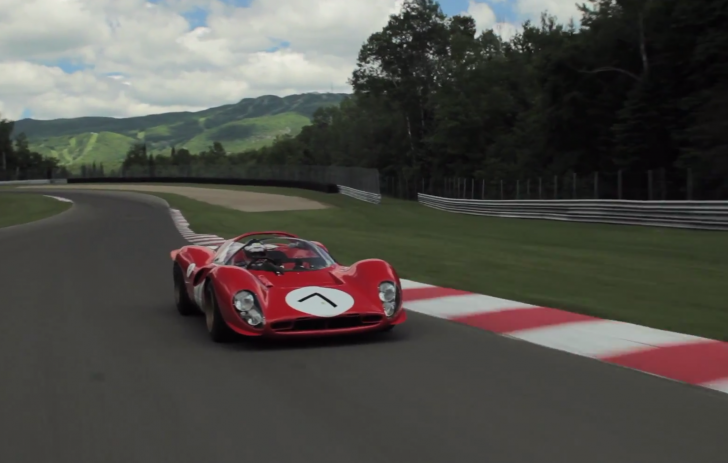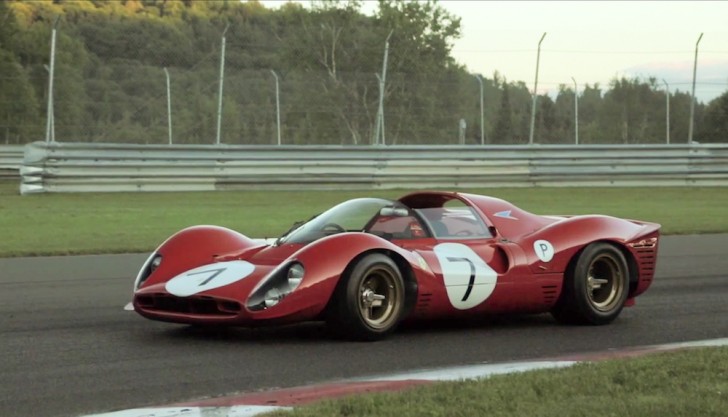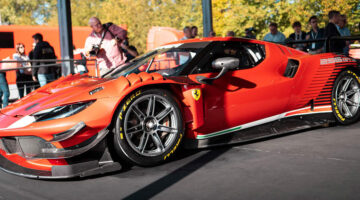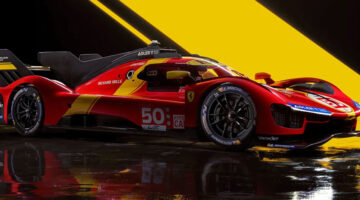Considered by many to be one of the greatest and most beautiful endurance race cars ever built, the Ferrari 330 P4.

We all know the story of the Ford GT40: Henry Ford II wanted to buy Ferrari out; negotiations took place; ol’ man Enzo backed out; Ford lost his temper and in his revenge, he directed Ford Racing to build a Ferrari-beating racecar for Le Mans. Voila, out popped the Ford GT40.
Few people know however, that the story does not end there. Il Commendatore ordered his racing division to make a counterattack with a car that would beat the Ford GT40. This is the story of that car.
Ford’s winning reign began in 1965, with Carroll Shelby firmly established at the helm of the company’s racing program. During the 1966 season, the competition heated up. Ferrari’s latest iteration of its ‘P’ series was the P3. Featuring a screaming V12 with Lucas fuel injection, it signalled the phasing out of Weber carburettors in Ferrari works racecars. An outsourced gearbox consisting of a Borg and Beck three-disc clutch along with a ZF five-speed transmitted the power to the wheels. Power to weight ratio was also helped by a reduction of 200 pounds over its predecessor, the P2.
Only Ferrari works drivers were allowed to pilot the P3s, and for good reason. The 1966 racing season took the competition between Ford and Ferrari to new heights. In the end however, Ford GT40s took the first, second and third position at Le Mans, giving Ford the 38 points it needed to win the Constructor’s Championship title in the prototype category, just two points ahead of Ferrari. The team was yet to beat the formidable GT40 though. The tide was about to turn.

For 1967, Ferrari built the 330 P4. Considered by many to be one of the greatest and most beautiful endurance racecars ever built, the P4 was in many ways identical to its predecessor. Only a strengthened engine block, improved brakes, a shorter wheelbase and redesigned gearbox differentiated the P4 from the P3. The differences would prove crucial. At the hands of drivers like Chris Amon and Lorenzo Bandini, they would become weapons.
Ferrari won first, second and third place at the 24 hours of Daytona, with the Italian marque winning second and third place at Le Mans, behind a Ford GT40. Competition was fierce once again, but this time Ferrari emerged victorious, capturing the prototype racing title with its P4 racecar.
Rules changed for the 1968 season, with maximum displacement falling from five litres to three, meaning Ferrari would be absent from racing for the year. They had gone out on a high, and they would certainly be back.
They say beauty is in the eye of the beholder, but there are some things that are beautiful to all. The Ferrari 330 P4 is one of them. When supported by the sense of history and occasion a classic racecar has, this machine becomes one of the few reminders of an era when motor racing was honourable and racing drivers were ordinary people. This particular P4 happens to be the sole existing survivor. So turn the volume up, enjoy this video and contemplate the meaning of life. Methinks I’ve finally understood it.
Source – PetroliciousCo



